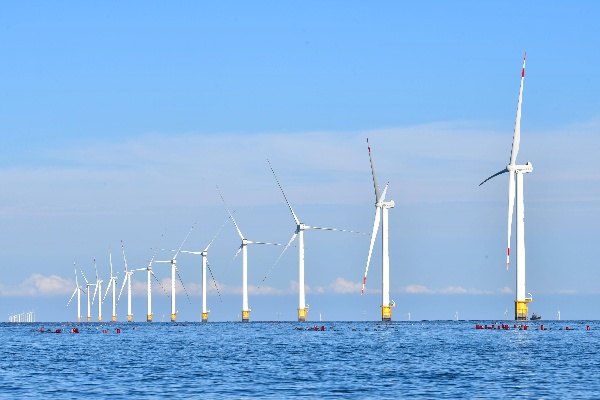Renewable wind energy production is one of today's leading solutions to combat global climate change and reduce dependence on fossil fuels. Wind turbine equipment plays an increasingly important role in the energy structure of many countries. As an essential element of wind power generation equipment, cables play a crucial role in the transmission of electricity, signal control and data communication. This article therefore aims to detail the different types of cables used in wind turbine equipment., as well as their specific characteristics and requirements according to the various applications.
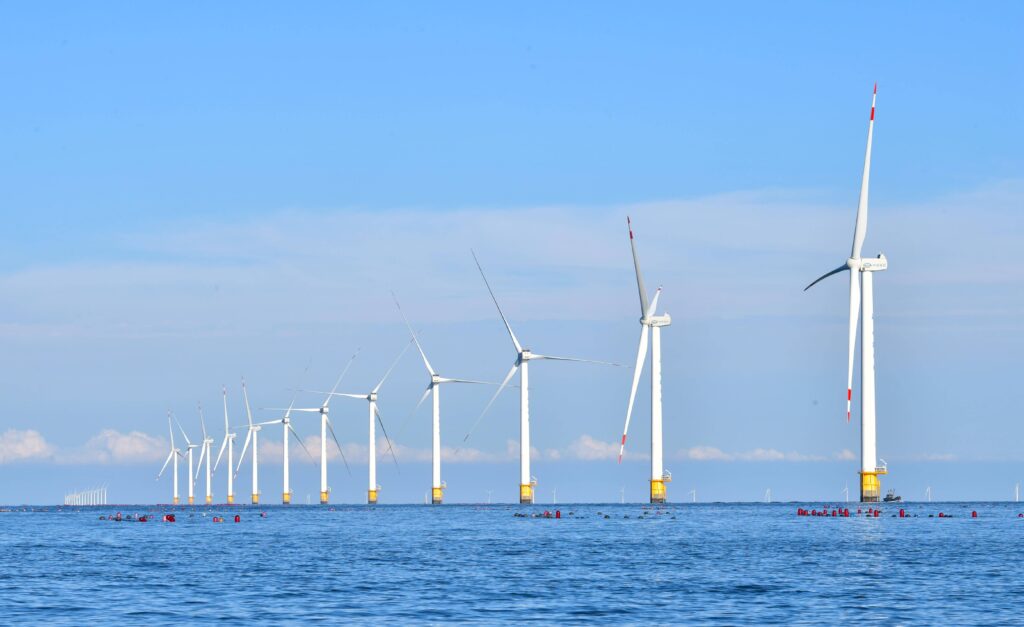
I. Electrical cables
Definition and usage
Electrical cables are used to transmit and distribute electrical energy. In wind energy production equipment, they are mainly used to transport electricity produced by wind turbines to the electricity grid or energy storage systems. Since wind turbines are often installed offshore or in remote areas, electrical cables must have good environmental performance and high reliability.
Main types
Cross-linked polyethylene cables (XLPE) : This type of cable has a high voltage carrying capacity and excellent thermal stability. Indeed, XLPE cables maintain good insulation properties even at high temperatures and do not age easily. Therefore, they are particularly suitable for wind energy production equipment.
Polyvinyl chloride cables (PVC) : Although PVC cables are widely used due to their low cost and good mechanical performance, they nevertheless have lower thermal and electrical performances. So, they are generally used for medium and low voltage power transmission.
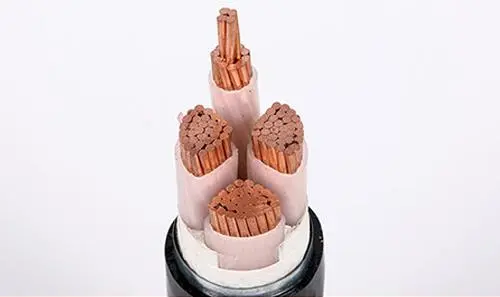
Features and requirements
Electrical cables used in wind power generation equipment must have high voltage carrying capacity and high current transmission capacity. What's more, given that wind power equipment is often installed in hostile environments, cables must also have good environmental performance. So, they must be resistant to corrosion, to wear and ultraviolet rays, among others.
II. Control cables
Definition and usage
Control cables are used to connect various control systems and instruments in wind power generation equipment. They play a crucial role in transmitting control and feedback signals. Indeed, Control cables are essential for the safe operation and efficient management of wind energy equipment.
Main types
Multi-conductor control cables : This type of cable contains several conductors, each transmitting a different control signal. Thanks to their compact structure, multi-conductor control cables are particularly suitable for wind power generation equipment where space is limited.
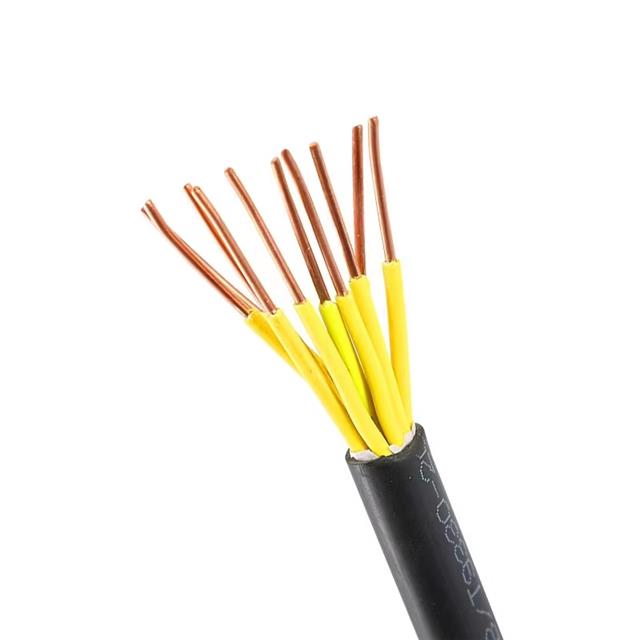
Features and requirements
Control cables must have good interference resistance ability to ensure the stable transmission of control signals. This ability to resist interference is generally ensured by a shielding layer, which effectively isolates external electromagnetic interference. What's more, control cables must also present good environmental performance to adapt to the often difficult conditions in which wind energy equipment is installed.
III. Communication cables
Definition and usage
Communication cables are used to transmit data. They ensure real-time communication between wind energy production equipment and the control center. Using communication cables, the control center can monitor and control the working status of wind energy equipment, thus allowing rapid adjustments and maintenance.
Main types
Fiber optic cables : Fiber optic cables feature high bandwidth and low latency. They are particularly suitable for high-speed data transmission. In wind energy production equipment, fiber optic cables can transmit a large amount of monitoring data and control signals, thus ensuring efficient operation of the system.
Features and requirements
Communication cables used in wind energy equipment must have high bandwidth and low latency to meet the needs for real-time transmission of large amounts of data. What's more, they must also provide good interference resistance capability and robust environmental performance to ensure the stability and reliability of data transmission.
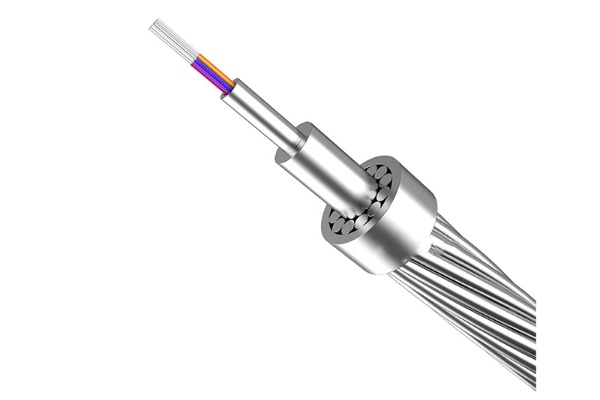
IV. Anti-twist cables for wind energy
Definition and usage
Wind power anti-twist cables are special cables used in wind power generation systems. They are mainly used to connect wind turbine generators to transformer stations, thus ensuring the transmission of the energy produced by the generators to the stations for distribution. The proper functioning of wind turbines depends on the support of these anti-twist cables.
Main types
High flexibility anti-twist cables ( High-Flex Torsion Cables ) : These cables can withstand frequent twisting and bending, which makes them suitable for rotating movements inside wind turbines.
Twist cables ( Torsion Cables ) : Designed to withstand changing twisting forces, these cables offer great flexibility and durability.
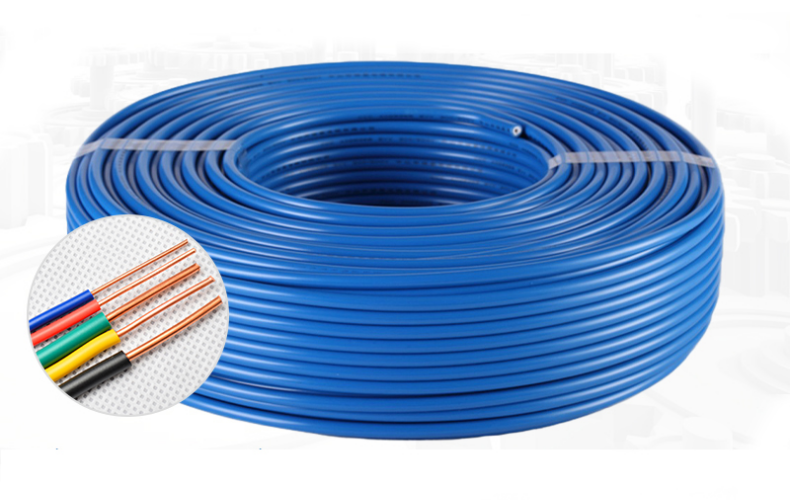
Features
These cables have the following characteristics :
High torsion resistance : Due to the twists generated by the rotation of the blades in wind systems, Anti-twist cables for wind power are designed with special materials to effectively resist twisting forces, thus ensuring that they are not damaged.
Excellent weather resistance : Anti-twist cables must be able to withstand various harsh environmental conditions such as wind, rain and sun. Therefore, the outer layer of the cables is made with special water and UV resistant materials, ensuring a long outdoor life.
Large transmission capacity : Wind power generation systems require the transmission of large quantities of electricity. Therefore, anti-twist cables for wind power are designed with high current transmission capacity to meet the needs of the generation system.
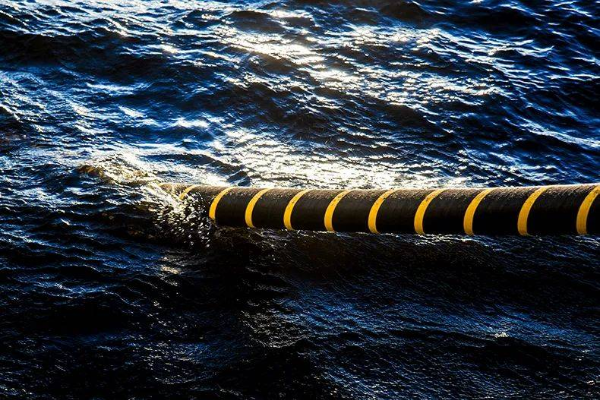
V. Submarine cables (for offshore wind energy)
Definition and usage
Submarine cables are used to connect offshore wind turbines to the onshore power grid, thus enabling the transmission of energy produced by marine wind farms. Due to the special environment at sea, the requirements for these cables are much stricter.
Main types
High voltage direct current cables (HVDC) : HVDC cables are suitable for transmitting electricity over long distances with low losses. In the context of offshore wind energy, HVDC cables allow electricity produced at sea to be efficiently transported to land.
High Voltage AC Cables (HVAC) : HVAC cables are used for electrical transmissions over shorter distances and are relatively simple to install and maintain. In some offshore wind farms, HVAC cables are also a common choice.

Features and requirements
Submarine cables must possess exceptional corrosion and pressure resistance to adapt to high salinity and high pressure marine conditions. What's more, these cables must have high mechanical strength and adequate flexibility to cope with the complexity of the underwater terrain and sea currents.
In addition to these cables, wind power generation systems also use fire-resistant cables and grounding cables. Grounding cables ensure the safety of wind farm equipment and personnel. Fire-resistant cables maintain electricity transmission and signal integrity in the event of a fire, thus guaranteeing the safety.
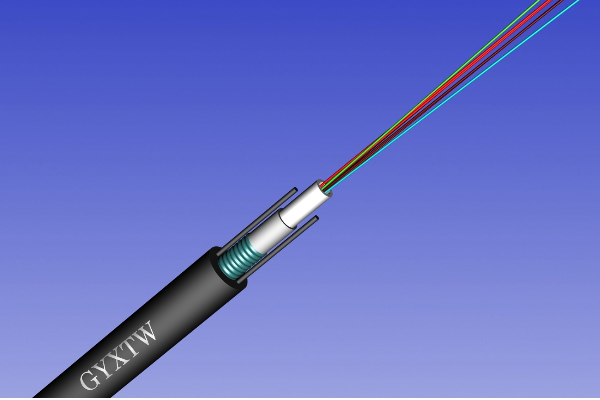
Advantages of cables produced by ZMS
Cables produced by ZMS for wind power generation systems have several advantages :
- High flexibility : Adapted to the frequent rotating movements of wind turbines.
- Sustainability : Wear-resistant, to bad weather and harsh environments.
- Security : High quality insulation and flame retardant properties for optimal safety.
- Reliability : Excellent conductivity and low transmission loss.
- Interference resistance : Shielded cables for effective protection against electromagnetic interference.
- Respect for the environment : Made with ecological materials and compliant with international standards.
Conclusion
Wind power generation equipment uses a variety of cables, each having specific functions. Each type of cable plays an essential role in the normal operation of wind turbine installations. Electric cables, control cables, communication cables, anti-twist cables and submarine cables fulfill different roles, but all work together to ensure efficient operation, safe and reliable wind power equipment. With technological progress, cable performance continues to improve to meet increasingly demanding application environments. In the future, with the continued development of wind power technology, cable technology will also continue to innovate, thus providing a stronger guarantee for the development of renewable energies.

